What’s in my backpack? From Clif Bars to a tape recorder, these are what I never leave home without

A popular question celebrities get online is what’s the one thing they always carry in their bag when they travel. I’ve read everything from a teddy bear to those silly looking neck cushions that bounce around the top of bags like feather boas.
I have my list, too. Of course, it varies where I go. This year I’ve already been to Ireland, Beirut, Central Asia, Spain and around Italy so obviously my clothes vary. Last year I blogged about what to pack for Rome and the list below is what I pack when I leave Rome.
The amount you carry is key. As I wrote before, when you pack, wherever you go, write out a list of what you think you’ll need. Then cut it in half. Every trip you wind up not wearing something. If you only wear an item once, you wasted valuable space for absolute musts when you return home — like souvenir booze.
Also, if you’re traveling to one place for an extended period, such as three weeks or a month, buy some cheap local clothes after you arrive. I’m not talking about going to Switzerland and buying lederhosen but billowy, lightweight cotton shirts and pants can be bought for pennies in South Asia and South America. Just buy them in conservative patterns and colors so when you return home you can still wear them. You don’t want to walk around town looking like Ali Baba.
I travel light. I carry one backpack. That’s it. And it’s usually small. If it’s a hiking trip I’ll stuff a small day pack in the bottom of it. I feel I’ve failed if my pack is so big I must check it. I’m only a nervous traveler when I’m waiting at baggage claim. I don’t trust airports or airlines. Besides, I want to grab my pack from the overhead bin and leave.
There’s a country to explore.
So, again, use my tips as a guide, not a bible. Everyone has different needs. These are mine. These are what I always carry:
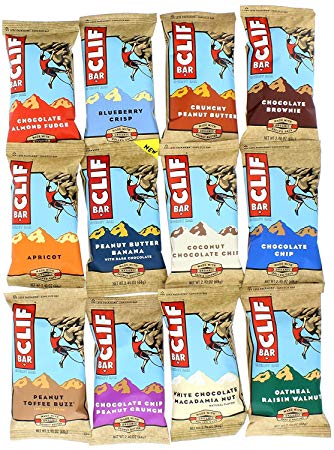
Clif Bars. Friends and family members from the U.S. who stay in my Rome apartment know the price: They must bring me Clif Bars. As a traveling food columnist for The Denver Post I called Clif Bars “The greatest invention since fire.” I was not kidding. These little 67-gram energy bars, developed in 1992 by a California outdoorsman and sold nationwide out of Emeryville, California, are the perfect meal replacements. They are 250 calories, only 45 from fat, and 18 percent protein. They’re flat, do not melt and their shelf life ranges between Ivory soap and Tuscan marble. Major U.S. supermarkets often sell them for about $1 each. I pack one for every day I travel. And the flavors explode in your mouth like fresh honey. If I was to be executed tomorrow, my last meal tonight might be a chocolate-coconut Clif Bar.
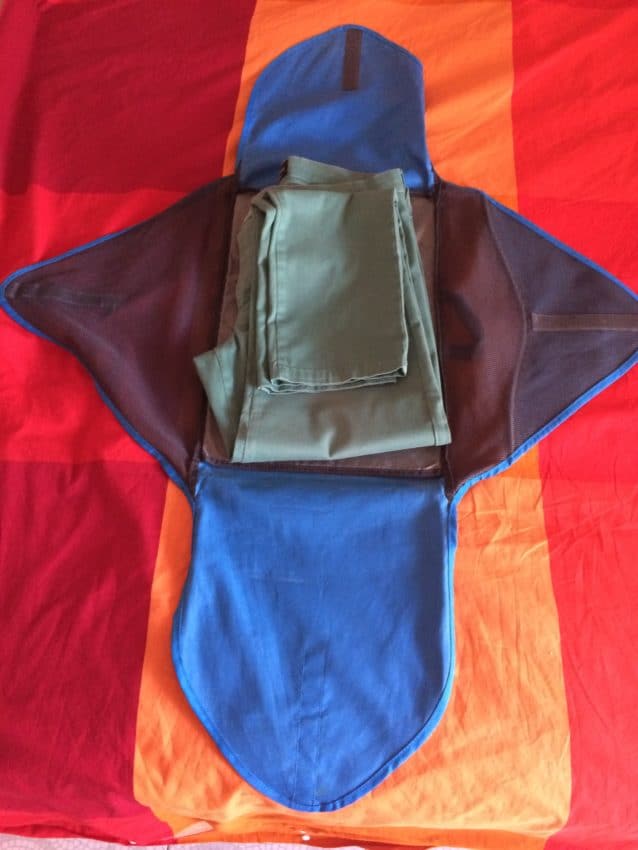
Clothes folder. The U.S. has a fantastic outdoor store chain called REI. It carries a brand named Eagle Creek which produces a flat rectangular base with four flaps. You fold your clothes, pile them on the base then close the Velcro flaps over them. It cuts down the size tremendously. Put the clothes in plastic to guarantee wrinkle free.
Hooded windbreaker. I don’t travel with coats. Regardless of how cold my destination, I take a lined windbreaker that rolls into a zippered ball and fits in the bottom of my pack. If my pack gets too full, I can wrap it around the handle. In cold weather, such as the high 30s at night in Tajikistan in May, I dressed in layers. Coats are too bulky and a pain when the weather turns warm.
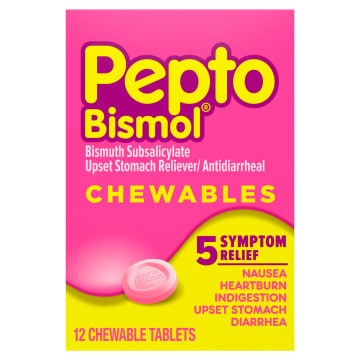
Pepto-Bismol. Complain all you want about Big Pharm but Procter & Gamble got this one right. These little pink pills stop any stomach ailment before it occurs. I take two after every meal in Third World countries where the cuisine is so different from Italy’s that it can send the stomach into toxic shock. As my system gets used to the local food, I wean back on the Pepto. You get a bit constipated but that’s better than sitting on a bus in rural Mongolia desperate for a rest stop.
Seven pairs of underwear. I wear one for every two days. After about two weeks, when I’m in a place for 48 hours, hopefully a sunny place, I wash and dry them. I’m starting to buy Speedos. They’re comfortable and dry faster. No, I do NOT wear Speedos at the beach, unlike most of the male world. This is one fashion statement in which I’m proud to be an American.
Swimsuit. Even in a landlocked destination I’ll bring this essential item. While hiking in Kyrgyzstan in May I came across some beautiful thermal baths. I wore my swimsuit under my hiking shorts, took off my shorts and soaked for an hour, modesty and all. Also, swimsuits are easy to don in the middle of the night on a bathroom break with a shared bath.
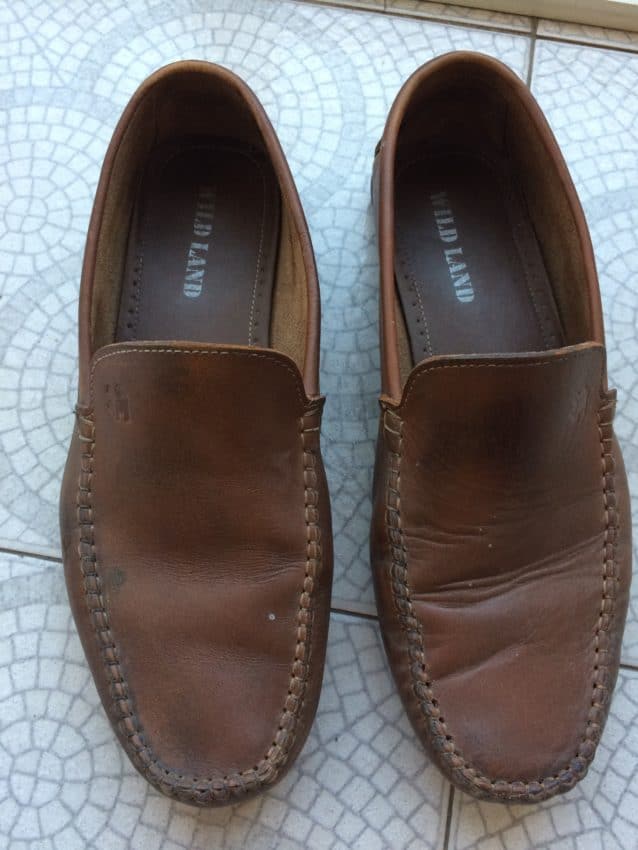
Brown Italian loafers. I consider myself a backpacker but unlike budget travelers, I try to travel with some class. Italy has the world’s best shoes and brown Italian loafers dress up everything from cargo pants to jeans. I can hike a mountain in the day and go to a nice restaurant at night without looking like I just, well, hiked a mountain that day. They’re also as comfortable as slippers. The loafers squeeze flat anywhere inside my pack and quickly return to shape. I can buy a pair here in Rome for about 40 euros.
Mini flashlight. I travel to some places where electricity is as scarce as the English language. Flashlights are essential when faced with pitched darkness such as on Nicaragua’s Big Corn Island where I navigated through a post-midnight forest after a long night at a beach bar. In Belize I had to walk down a pitch-black service road before dawn, the haunting noises coming from the adjacent jungle made my flashlight my lifeline.
Lonely Planet. It’s the best guide book on the planet. Like this blog, use it as a guide, not as a bible. Its logistics are always spot on. It cuts down your pre-trip research by 80 percent. The descriptions of destinations are objective. Their writers aren’t afraid to warn about places that, basically, suck. I don’t use its restaurant recommendations very often. I talk to locals. I ask them, “Where would YOU go to eat local food?” After a great meal where I’m often the only tourist, I often return to my room and there it is. That restaurant is listed in Lonely Planet.
A book about the country I’m traveling. Your experience is enriched when you’re reading about the country through which you’re traveling. You learn more. It stays with you longer. I read “The New Silk Roads” while in Central Asia, “The Seasons of Trouble” while in Sri Lanka and “Gandhi” while in India. It’s like having a professional, experienced guide at your fingertips.
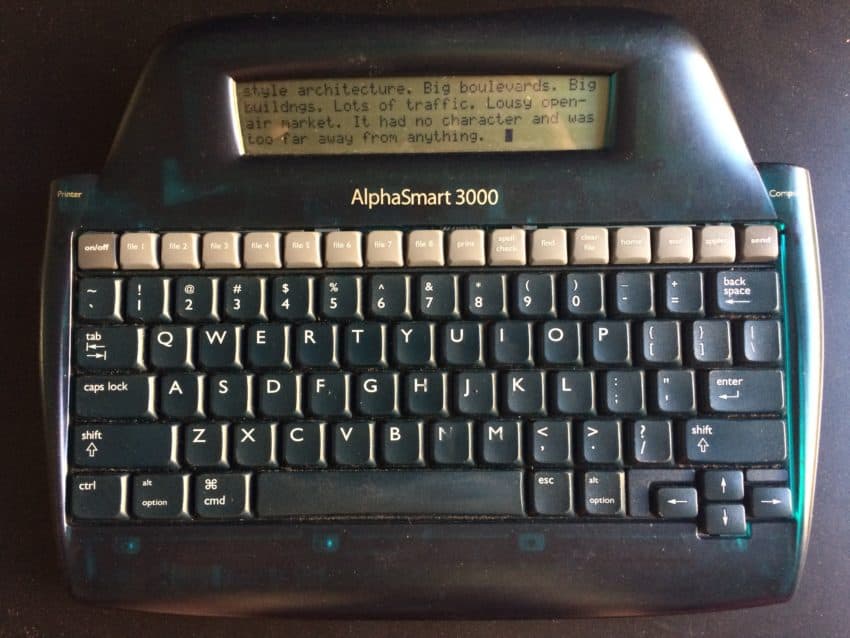
AlphaSmart. It’s a little word processor, sans modem, that I use to write a journal every morning. It weighs about one pound, costs less than $30 on Amazon, operates by battery and I can write on it anywhere. I’ve written everywhere from the shade of a camel in the Tunisian Sahara to the foot of a volcano in Iceland. When I get home I can download it all into my laptop which I can not afford to lose or get damaged. After three weeks in Central Asia, I downloaded 25,000 words.
Tape recorder. As a travel writer, you never know when you’ll meet a fascinating source. If I meet someone with a tale to tell, I’ll ask if I can quote them and go fetch my little digital recorder. Or I’ll bring it with me for an arranged interview in case we talk in a loud bar. After 45 years in the business, my handwriting looks like Sanskrit graffiti. I don’t trust it. I trust my recorder. So should the people I interview.
Sounds like a lot? It’s not. I can fit it all into a 24-inch-by-11-by-11 backpack that stores easily in the overhead bin. So this summer as the travel season heats up, remember to pack down.
Happy trails.


July 18, 2019 @ 8:17 am
Interesting list. But 7 pairs of underwear? My approach is to bring some bio friendly laundry soap which is light and takes up little room, and then do a periodic quick laundry in the sink to cut down on times such as underwear, socks and t-shirts.
July 18, 2019 @ 7:23 pm
I travel 21 days or more with 5 dri fit shirts, a couple of layers, one dress and shoes to match all, a pair of dress jeans and like three undies that I wash out daily and a couple of pairs capris for the summer, water pants if I’m going to Northern Europe/ Scotland /Ireland and hiking shoes. Never forget your back up battery charger for your devices! Usually I come home with unworn clothes. Heading to Umbria in September for two weeks Any great suggestions?
July 18, 2019 @ 10:06 am
For flights, I never leave without my noise canceling headphones and a tennis ball (put behind your lower back when you sit and it becomes a massage. Also loosen up feet by rolling it around under arch). Gum and mints. Extra toothbrush. Extra pens. And never skimp on the quality of socks.
July 18, 2019 @ 3:30 pm
Thanks, Janet. Good tips, all. Due to my complete intolerance for babies on flights, I should invest in some ear plugs. I don’t do headphones because I don’t do music. I always read. Where’s your next adventure?
July 18, 2019 @ 3:35 pm
James: I didn’t write that very well. I should’ve said, “one pair of underwear for every two days gone up to two weeks.” I hate doing laundry on the road so I take more than most. They take up so little space.
July 18, 2019 @ 7:43 pm
I moved and flew 21 hours to the Netherlands with kids aged 6 months, 3 and 5 years And then I traveled back and forth to the USA and throughout Europe on my own with these little kids. I remain sympathetic to parents traveling with small children even though mine are grown.